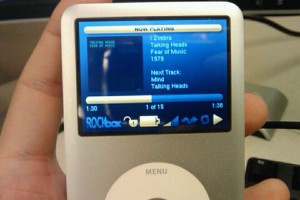In August 2010 I blogged about the WebSockets state at the time. In some aspects nothing has changed, and in some other aspects a lot has changed. There’s still no WebSockets specification that approaches consensus (remember the 4 weeks plan from July?).
Handshaking this or that way
We’ve been reading an endless debate through the last couple of months on how the handshake should be made and how to avoid that stupid intermediaries might get tricked by HTTP-looking websocket traffic. In the midst of that storm, a team of people posted the paper Transparent Proxies: Threat or Menace? which argued that HTTP+Upgrade would be insecure and that CONNECT should be used (Abarth’s early draft of the CONNECT handshake).
CONNECT to the server is not kosher HTTP and is not being appreciated by several people – CONNECT is meant to get sent to proxies and proxies are explicitly setup to a client.
The idea to use a separate and dedicated port is of course brought up every now and then but is mostly not considered. Most people seem to want this protocol to go over the “web” ports 80 and 443 and thus to be able to share the proxy environment used for HTTP.
Currently it seems as if we’re back to a HTTP+Upgrade handshake.
Masking the traffic
A lot of people also questioned the very binary outcome of the Transparet Proxies report mentioned above, and later on it seems the consensus that by “masking” WebSocket traffic it should be possible to avoid the risk that stupid intermediaries misinterpret the traffic as HTTP. The masking is currently being discussed to be XOR with a frame-specific key, so that a typical stream will change key multiple times but is still easy for a WebSocket-aware tool (say Wireshark and similar) to “demask” on purpose.
The last few weeks have been spent on discussing how the masking is done, if it is to become optional and if the masking should include the framing or not.
This is an open process
I’m not sure I’ve stressed this properly before: IETF is an open organization. Anyone can join in and share their views and opinions, but of course you need to argue technical merits.

